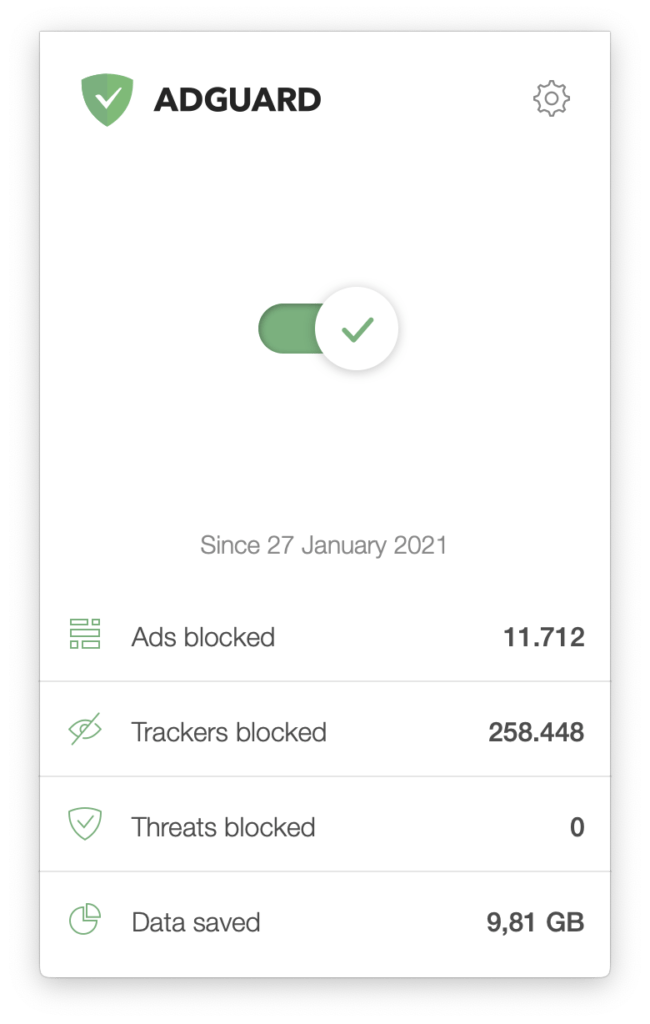
To get access to the Library folder, open Finder → in the menu bar, click Go → Go to Folder → in the window that appears, type ~/Library and press Enter. Read on to learn how to find all of them quickly.

But sometimes when apps are downloaded from sources other than the App store, their service files may be spread out in different folders throughout your disk, so you need to look for them carefully. Usually they are located in the user’s Library folder, which by default is hidden from users. So, if you want to get rid of the program completely, you should find all the files related to AdGuard on your Mac and delete them. The reason is that like any other application, AdGuard creates additional service files on a Hard Drive for its correct work. Nevertheless, removal of the executable file also will not remove the app completely.

Once you run it, it adds one icon to the Safari browser next to the search bar and another one to the Status Menus. The AdGuard extension for Safari is located in your Applications folder. If you would like to learn how to manage AdGuard on your computer, here is how. If you want to completely remove AdGuard from your Mac, you can skip this part and go to the next two points of this article. How to uninstall the AdGuard extension for Safari automatically.How to delete the AdGuard Safari extension manually.How to manage the AdGuard Ad Blocker for Safari.In this article, you will learn how to manage the AdGuard ad blocker and two ways to uninstall the AdGuard extension for Safari. Today we want to take a look at what’s needed when you want to remove AdGuard from your Safari browser.

AdGuard is a program that helps to block advertising while surfing the net.


 0 kommentar(er)
0 kommentar(er)
